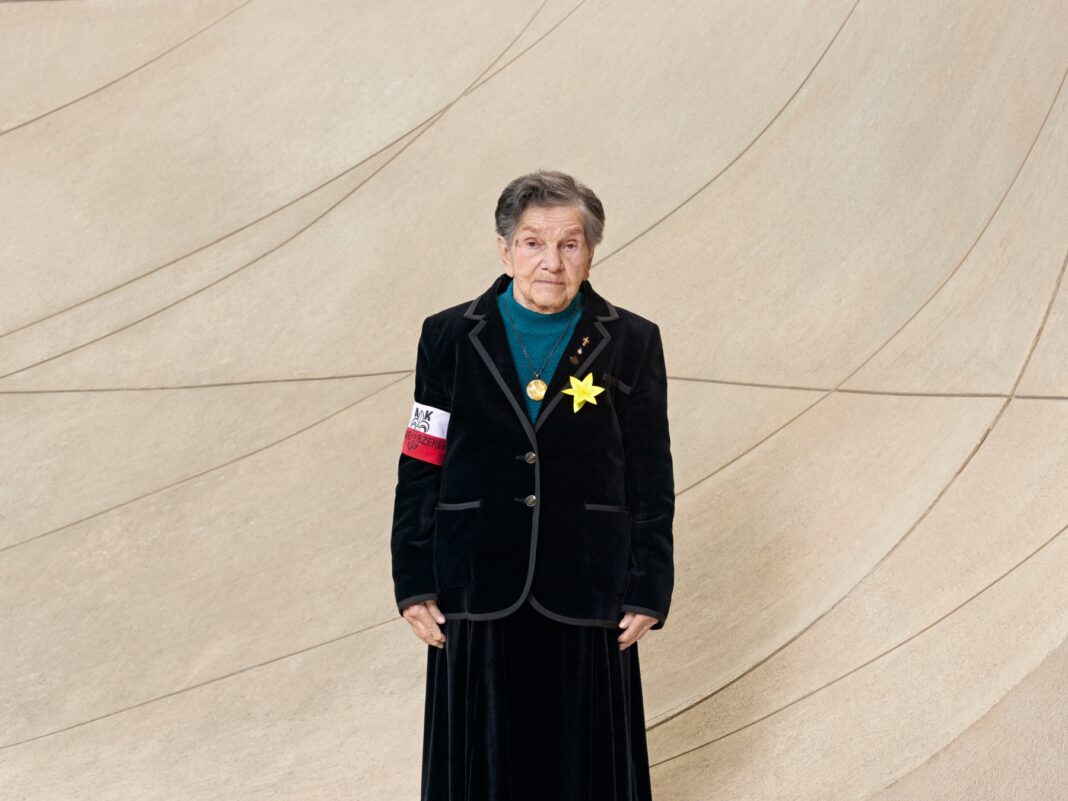This year’s 11th edition of the Warsaw Ghetto Uprising social-educational campaign, also known as the ‘Daffodils campaign’ will mark the 80th anniversary of the Warsaw Ghetto Uprising outbreak.
The campaign is hosted yearly by POLIN Museum, 1000-year history of the Polish Jews in Warsaw, Poland. It encourages communities around the world to learn about the events that took place on April 19th, 1943.
On 19 April 1943, the Jews of Warsaw took up armed struggle against the Germans. The insurgents had no hope for victory. They were driven by a desire to seek revenge and to incur the greatest possible losses on their perpetrators. First and foremost, however, they chose to die with dignity, with guns in their hands. Facing an impending annihilation, they did not want to die without a fight. The Warsaw Ghetto Uprising was the largest and most heroic act of armed resistance taken up by the Jews during World War Two. It was also the first civic uprising in occupied Europe.
Germans squeezed over 400,000 Jews within the walled-in area of the Warsaw ghetto they had established in 1940. In the ghetto, tens of thousands of people died of starvation and disease. On 22 July 1942, the so-called Great Deportation Aktion began—within the period of two months, the Germans deported nearly 300,000 ghetto residents to their deaths in the Treblinka extermination camp. In the autumn of 1942, mere 60,000 Jews remained in the so-called Restgetto (Ger.: the remnants of a ghetto, also referred to as ‘residual ghetto’). They were mostly young and strong, with no family ties, often employed at the German shops (i.e. small factories or workshops). It was in these circumstances, with nothing left to lose, that the idea of armed resistance against the Nazis was born amongst the Jewish youth in the Warsaw ghetto.
Why the daffodil?
Marek Edelman, the last surviving leader of the Warsaw Ghetto Uprising, used to receive a bouquet of yellow daffodils from an anonymous person every year on April 19. He would lay them at the Monument to the Ghetto Heroes in memory of those who fought and died. The paper daffodils, which people wear on this day, are inspired by this custom. Edelman, who remained in Poland after the war, passed away in 2009.
The ‘Daffodils campaign’ includes creative workshops, academic sessions, and a temporary exhibition that will remain until 8 January 2024. “Around Us a Sea of Fire. The Fate of Jewish Civilians During the Warsaw Ghetto Uprising” will focus on the untold story of the Uprising, the story of the civilians who hid in the Warsaw Ghetto.
A special commemorating concert ‘Remembering Together’ will be also held at POLIN Museum auditorium on 20th of April, featuring the Sinfonia Varsovia Orchestra conducted by Anna Duczmal-Mróz premiering piano concerto ‘For Josima’ composed by Hania Rani, as well as the soloists Marek Bracha and Jakub Jakowicz and the performance of Władysław Szpilman’s ‘Concerto for Piano and Orchestra’ written in the ghetto, Szymon Laks’ ‘Poem’ for violin and orchestra, and Andrzej Panufnik’s ‘Lullaby’. Concert is organized by the Warsaw Ghetto Museum, the Social and Cultural Association of Jews in Poland and the Jewish Historical Institute of Emanuel Ringelblum. Co-financed by the Ministry of Culture and National Heritage.
How can you get involved in the commemoration of the Warsaw Ghetto Uprising?
Even if you are not in Warsaw for the official commemoration, by joining POLIN’s online campaign, you will be joining a countless number of people around the world, who will be remembering the events of the Uprising. Participation is very simple, and there are several ways to commemorate. The simplest way is to make the official daffodil, take a selfie for your social media profiles and use campaign’s hashtags: #RememberingTogether, #WarsawGhettoUprising.


